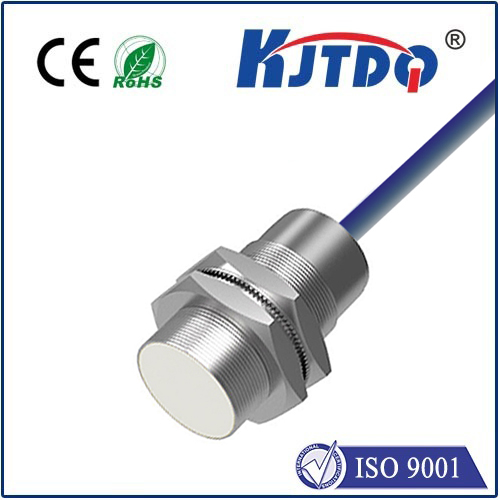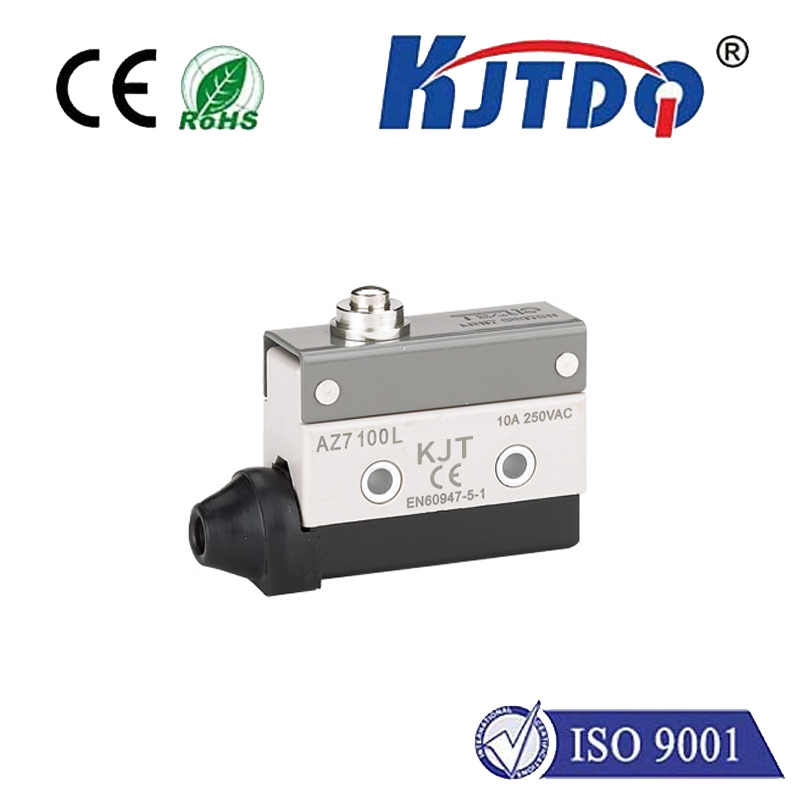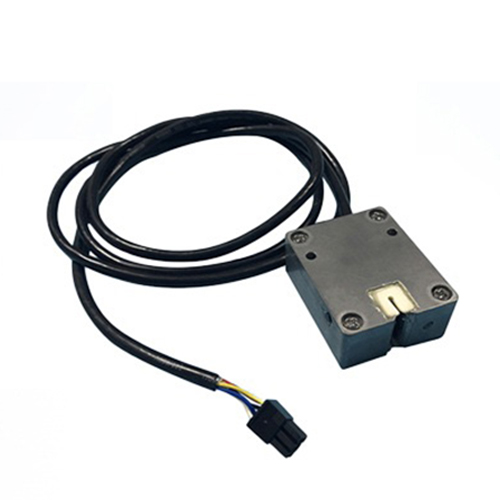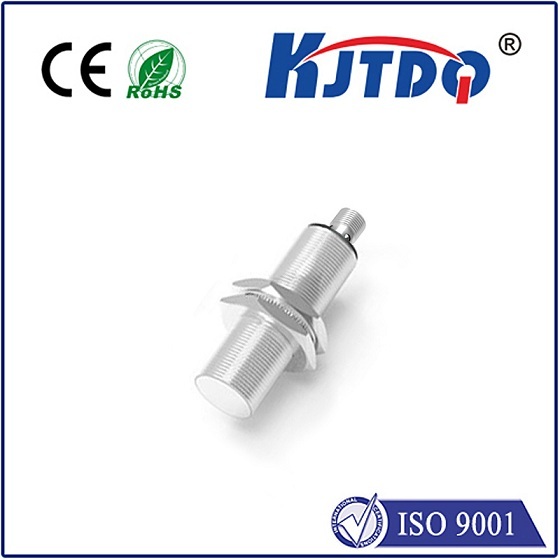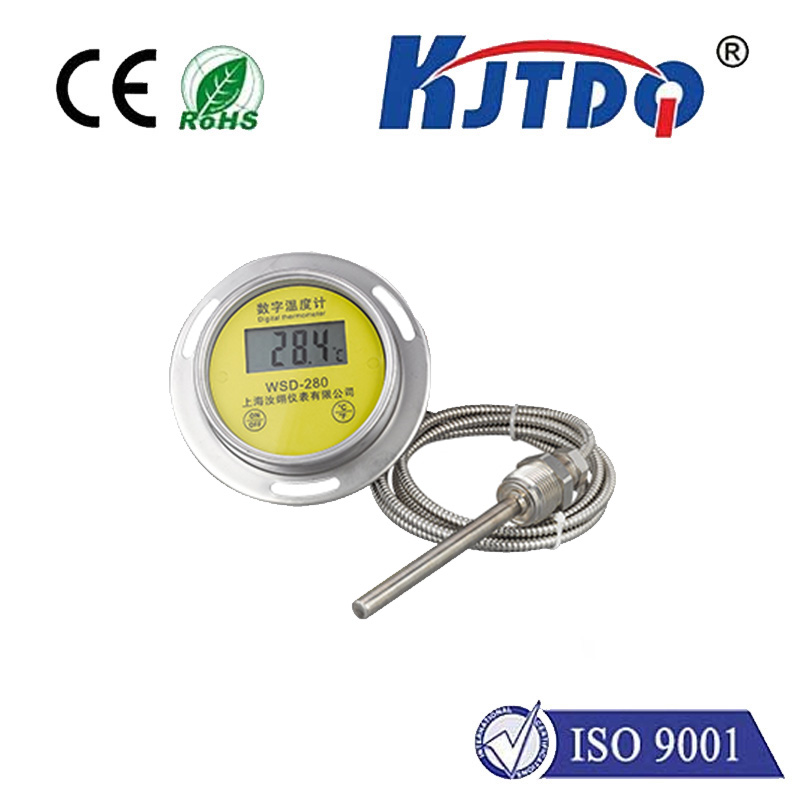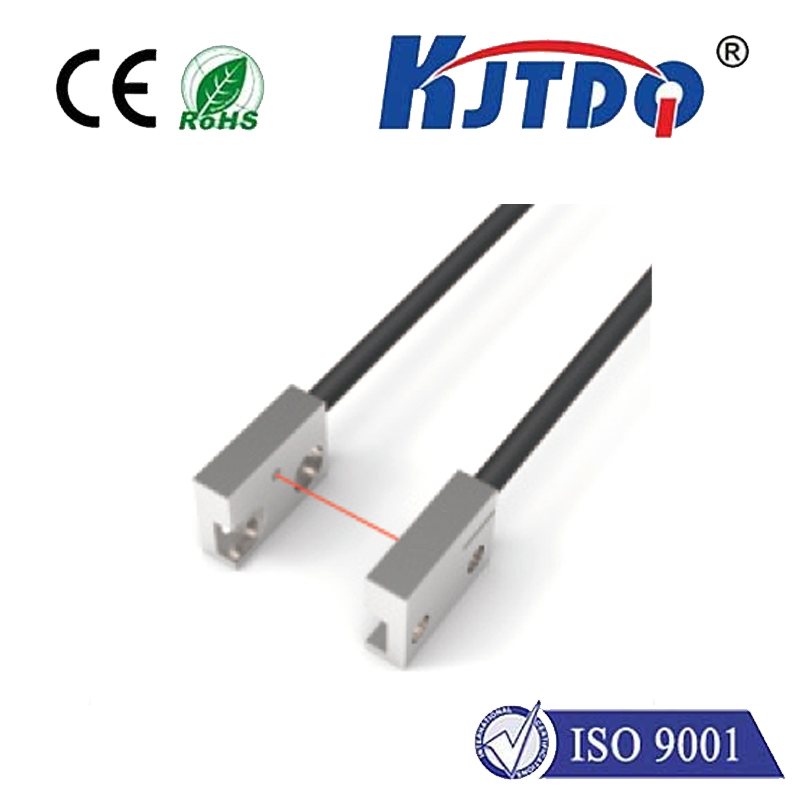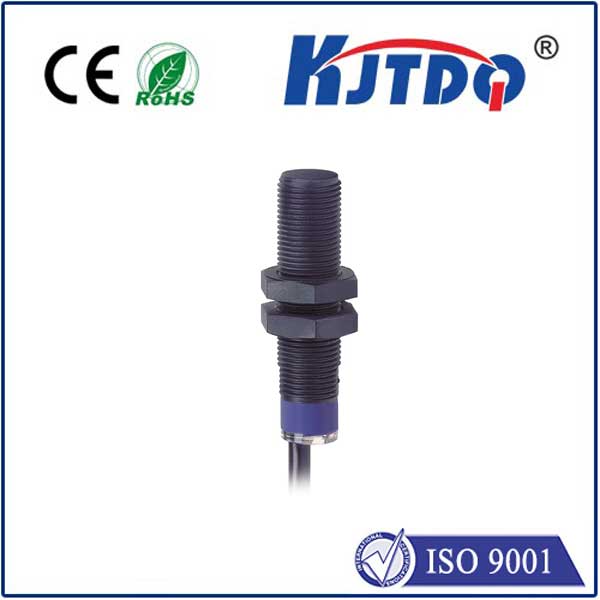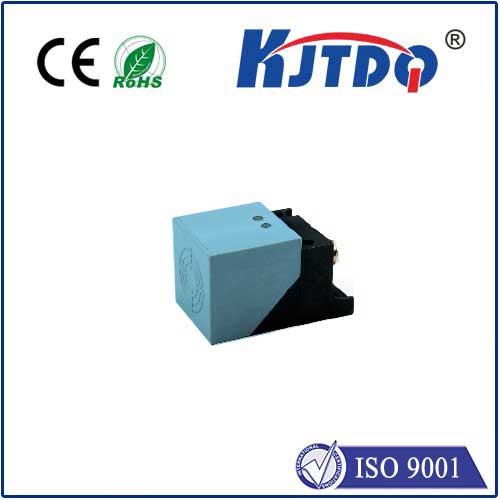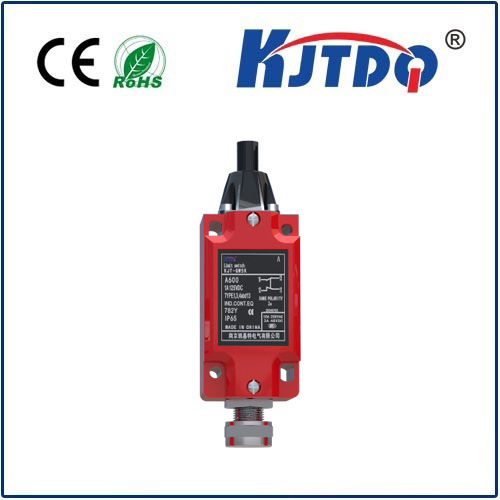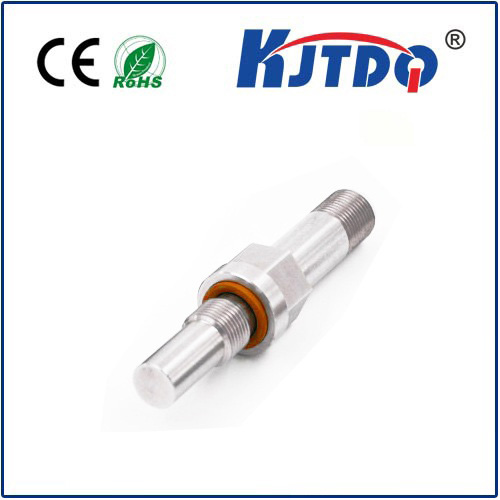
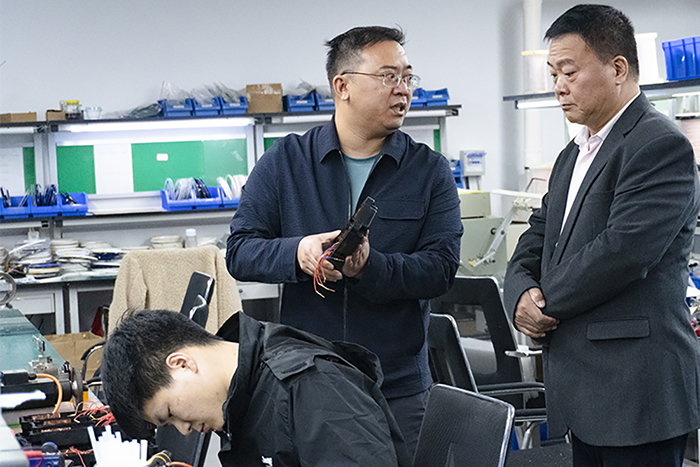
check
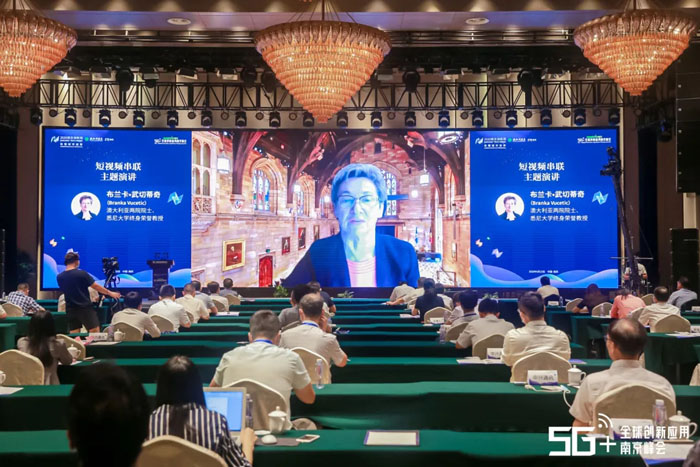
check

check
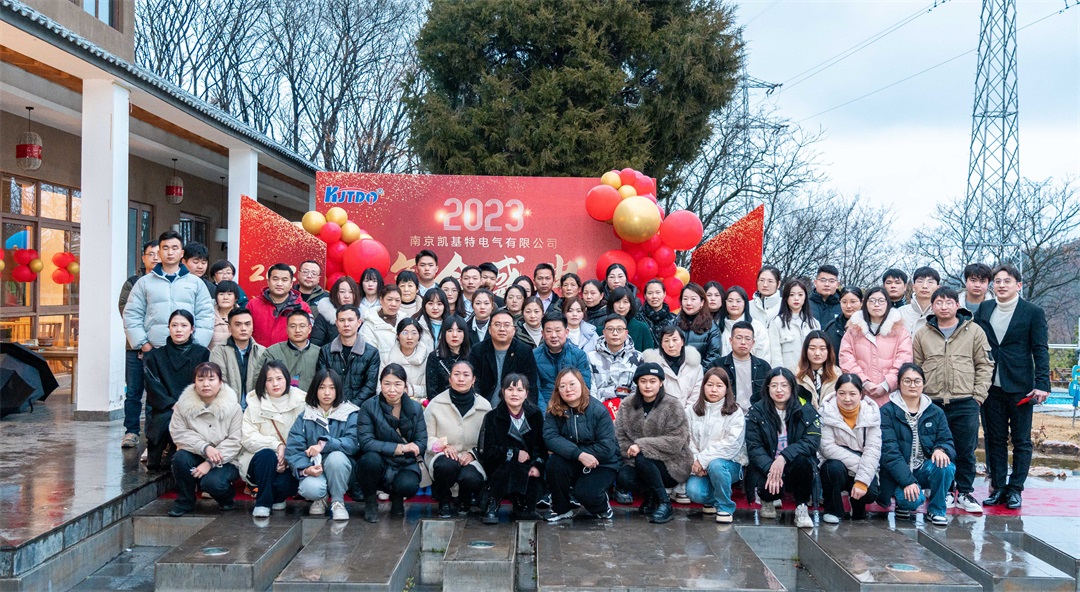
check

check

check

check

check

check

check
VL530X vs. VL53L1X: Choosing the Right Time-of-Flight Sensor for Your Project In the world of proximity sensing and distance measurement, STMicroelectronics has made a significant impact with its VL53L0X and VL53L1X Time-of-Flight (ToF) sensors. These compact, high-performance sensors have become go-to solutions for applications ranging from robotics to smartphones. But with two options available, how do you decide which one is right for your project? This article dives into the key differences, features, and use cases of the VL53L0X and VL53L1X to help you make an informed choice.
Before comparing the two sensors, it’s essential to understand the technology behind them. Time-of-Flight (ToF) sensors measure distance by emitting a light signal (usually infrared) and calculating the time it takes for the signal to reflect off an object and return to the sensor. This method provides highly accurate distance measurements, even in challenging environments. Both the VL53L0X and VL53L1X utilize this principle, but they differ in terms of performance, range, and functionality. Let’s explore these differences in detail.
The VL53L0X was the first ToF sensor introduced by STMicroelectronics, and it quickly gained popularity for its compact size and ease of integration. Here are its standout features:
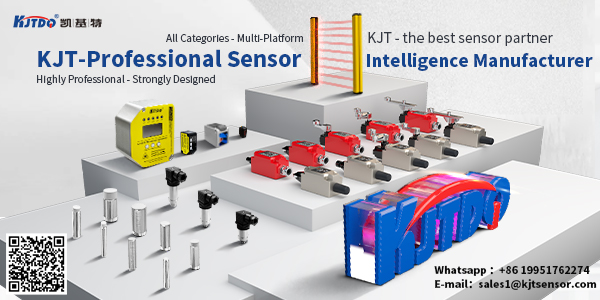
The VL53L1X builds on the success of the VL53L0X, offering enhanced performance and additional features. Here’s what sets it apart:
To make the comparison clearer, here’s a summary of the key differences between the VL53L0X and VL53L1X:
| Feature | VL53L0X | VL53L1X |
|---|---|---|
| Range | Up to 2 meters | Up to 4 meters |
| Multi-Zone Scanning | No | Yes |
| Ambient Light Immunity | Moderate | High |
| Size | Compact | Slightly larger |
| Cost | Lower | Higher |
The decision between the VL53L0X and VL53L1X ultimately depends on your application’s specific needs. Here are some scenarios to help you decide:
Both sensors have found their way into a wide range of industries. Here are some examples:
Both the VL53L0X and VL53L1X are designed for easy integration, with support for I2C communication and comprehensive development resources. STMicroelectronics provides libraries, datasheets, and application notes to streamline the development process. Whether you’re a hobbyist or a professional engineer, getting started with these sensors is straightforward.
The VL53L0X and VL53L1X are both exceptional Time-of-Flight sensors, each with its unique strengths. While the VL53L0X excels in compact, short-range applications, the VL53L1X offers enhanced performance and versatility for more demanding tasks. By understanding their differences and evaluating your project requirements, you can select the sensor that best aligns with your goals. Whether you’re building a cutting-edge smartphone or an autonomous robot, these sensors provide the precision and reliability you need to bring your vision to life.
